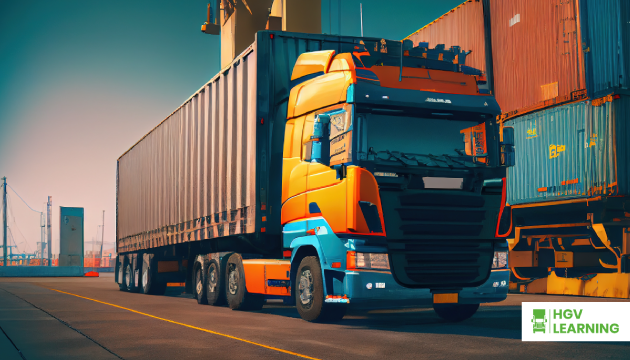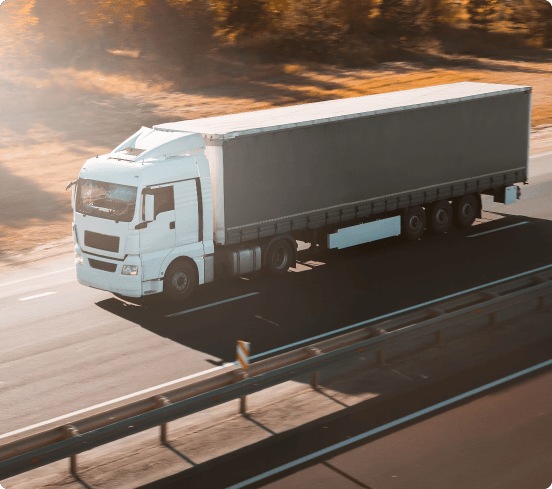
28/10/2025
A telescopic handler, often called a telehandler, is one of the most widely used machines in construction, agriculture and logistics. It combines the features of a forklift and a crane, making it versatile for lifting, moving and placing loads. Our telescopic handler training prepares learners to operate this equipment safely and to gain recognised certification for employment in these industries.


Telescopic handler training is designed for anyone who needs to operate a telehandler on site. The course covers machine operation, safety checks and the regulations surrounding lifting equipment. In practice, training ensures that drivers can use a telehandler to move loads accurately and safely while following site safety requirements.
Accredited schemes such as CPCS and NPORS are available, and successful learners receive a card or certificate that is recognised throughout the industry.
To take part in telehandler training, learners must be at least 18 years old and physically fit to operate heavy machinery. A driving licence is not always required, but previous site experience is useful. While no formal qualifications are needed, employers usually expect training to be completed through a recognised provider.
The length of training depends on the learner’s experience: novices usually need around five days, while experienced operators can complete a shorter one- or two-day course. During the course, participants cover both theory and practical instruction, including:
As a result, learners leave with the knowledge and practical ability to operate telehandlers safely in a variety of workplace conditions.
Telehandlers are essential in construction, farming, warehousing and logistics. For example, qualified operators are employed in:
Employers value certified operators because it ensures work can be carried out safely and efficiently.
CPCS and NPORS cards are valid for five years. To remain qualified, operators must complete a refresher course and pass the re-assessment before the card expires. Telehandler training can also be combined with other courses, such as Hiab training or Cat C licence training, for broader job opportunities.
HGV Learning delivers telescopic handler training at centres across the UK. Courses are available throughout the year, with flexible timetables to suit both individuals and businesses. Because duration and cost depend on experience and course type, we recommend contacting our team for a tailored quote.
Complete the form below and we’ll contact you asap.


At HGV Learning, we believe that safety is of the utmost importance when operating a telescopic handler. Our training program includes a strong emphasis on safety procedures and best practices. We ensure that students leave the course with a thorough understanding of how to operate the machinery in a safe and responsible manner.
A telescopic handler, often called a telehandler, is one of the most widely used machines in construction, agriculture and logistics. It combines the features of a forklift and a crane, making it versatile for lifting, moving and placing loads. Our telescopic handler training prepares learners to operate this equipment safely and to gain recognised certification for employment in these industries.
A C1 licence allows drivers to operate vehicles between 3,500kg and 7,500kg, such as ambulances, delivery trucks and removal vans. Training with HGV Learning covers both the theory and practical tests, ensuring you are ready to drive these vehicles safely and professionally.
A C+E licence, also known as a Class 1 HGV licence, allows drivers to operate the largest and most complex commercial vehicles. This includes articulated lorries and other combinations where the trailer exceeds 750kg. It is the next step up from a Cat C licence and is essential for long-distance and international haulage roles.
A cat C licence allows an individual to drive medium-sized lorries, also known as rigid vehicles, with a maximum weight of around 32 tonnes.
This type of commercial driver’s licence is a requirement for operating vehicles that are commonly used for transporting goods and materials over medium distances.
Drivers must hold an ADR licence to transport hazardous goods such as fuel, chemicals, gases and flammable liquids. Carrying these loads without the correct licence is illegal. As a result, ADR training with HGV Learning is essential for anyone entering this area of work.
Our courses prepare drivers to pass the official exams and to manage dangerous substances safely in real-world situations. In addition, training gives learners the confidence to deal with emergencies and meet all regulatory standards.
Hiab training is essential for drivers who operate lorry-mounted cranes used to load and unload heavy goods. These cranes are common in construction, utilities and logistics, where safe handling of equipment and materials is a daily requirement. Our courses prepare drivers to use Hiab vehicles safely and to meet industry accreditation standards.